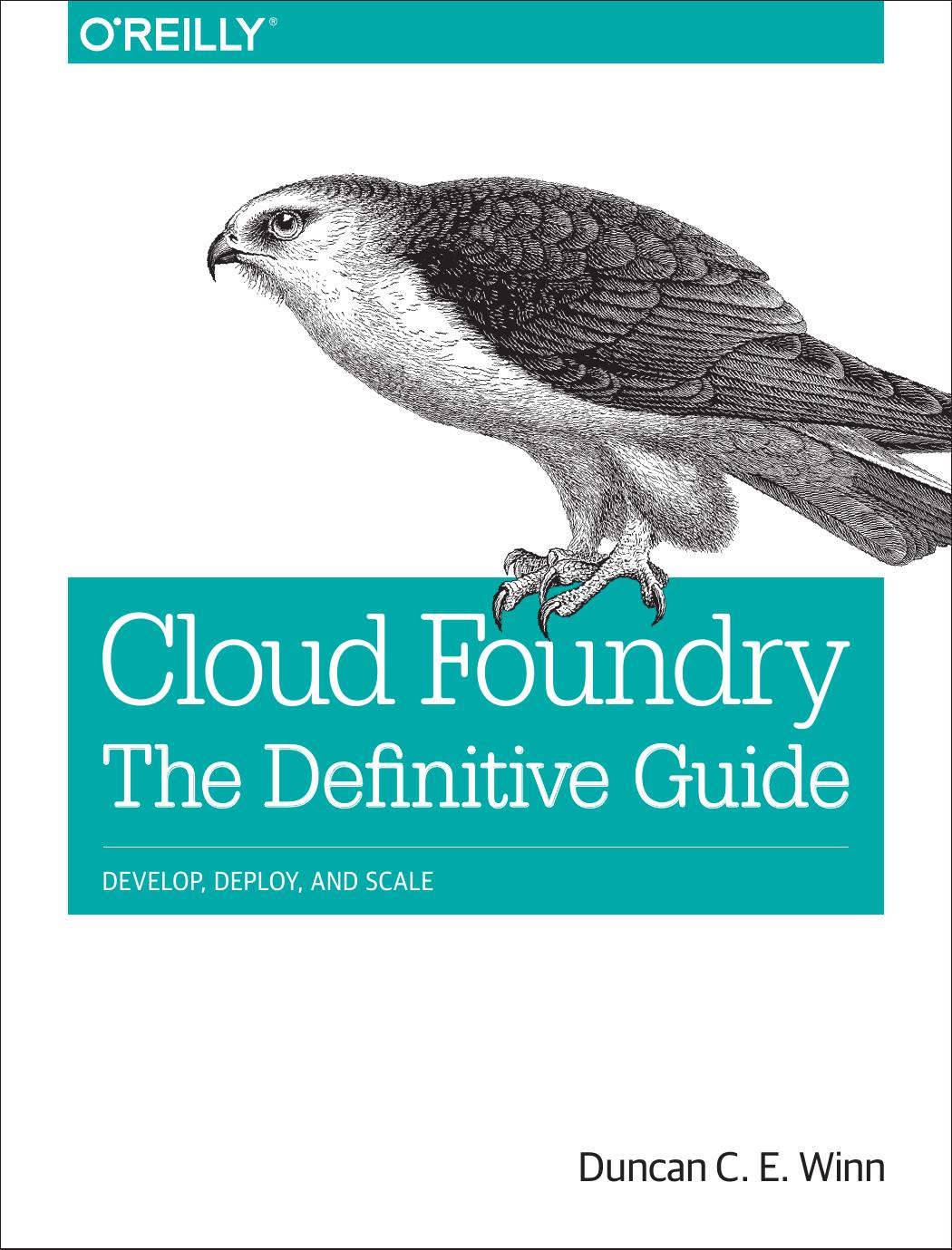Cloud Foundry: The Definitive Guide by Duncan C. E. Winn

Author:Duncan C. E. Winn
Language: eng
Format: mobi, epub, pdf
Publisher: O'Reilly Media, Inc.
Published: 2017-05-29T04:00:00+00:00
In Diego, the Garden API is currently implemented by the following:
Garden-runC (Garden backed by runC), which provides a Linux-specific implementation of a Garden interface.
Garden-Windows, which provides a Windows-specific implementation of a Garden interface.
OCI and runC
As discussed earlier in “Linux Containers”, Linux achieves container-like behavior through isolation, resource sharing, and resource limits. The first well-known Linux container implementation was LXC. Both Docker and Cloud Foundry’s first container manager, Warden, originally used LXC and then built container management capability on top. Both Docker and Cloud Foundry have since moved to employing runC as the technology that spawns and runs the container process.
runC is a reference implementation according to the Open Container Project (OCP), governed by the OCI. OCI is an open-governance structure for creating open industry standards around container formats and runtime.
OCI has standardized backend formats and provided the runC reference implementation, which many higher-level systems have now adopted (e.g., Garden and Docker). runC was established primarily through Docker pulling out the non-Docker-specific container creation library (libcontainer) for reuse.
Container implementation should not be a concern to the developer, because it is just an implementation detail. Developers are more productive by focusing on their app, and Cloud Foundry makes it possible for them to keep their focus on the higher level of abstraction of apps and tasks. So, with this in mind, why focus on runC, which is a specific implementation? Why is runC important?
The answer is unification for the good of all! Container fervor is exploding. Various technologies (such as VMs and containers) are, in some cases, blending together, and in other cases (such as container orchestration), pulling in opposite directions. In this complex, emerging, and fast-moving space, standards serve to unite the common effort around a single goal while leaving enough room for differentiation, depending on the use case. This promise of containers as a source of lightweight app portability requires the establishment of certain standards around both format and runtime. These standards must do the following:
Not be bound to a specific product, project, or commercial vendor
Be portable across a wide variety of technologies and IaaS (including OSs, hardware, CPU architectures, etc.)
Download
Cloud Foundry: The Definitive Guide by Duncan C. E. Winn.epub
Cloud Foundry: The Definitive Guide by Duncan C. E. Winn.pdf
This site does not store any files on its server. We only index and link to content provided by other sites. Please contact the content providers to delete copyright contents if any and email us, we'll remove relevant links or contents immediately.
Kotlin in Action by Dmitry Jemerov(17185)
Grails in Action by Glen Smith Peter Ledbrook(15390)
Sass and Compass in Action by Wynn Netherland Nathan Weizenbaum Chris Eppstein Brandon Mathis(13266)
Azure Containers Explained by Wesley Haakman & Richard Hooper(7499)
Configuring Windows Server Hybrid Advanced Services Exam Ref AZ-801 by Chris Gill(7497)
Running Windows Containers on AWS by Marcio Morales(7054)
Microsoft 365 Identity and Services Exam Guide MS-100 by Aaron Guilmette(5436)
Microsoft Cybersecurity Architect Exam Ref SC-100 by Dwayne Natwick(5272)
Combating Crime on the Dark Web by Nearchos Nearchou(5018)
The Ruby Workshop by Akshat Paul Peter Philips Dániel Szabó and Cheyne Wallace(4701)
Management Strategies for the Cloud Revolution: How Cloud Computing Is Transforming Business and Why You Can't Afford to Be Left Behind by Charles Babcock(4548)
Python for Security and Networking - Third Edition by José Manuel Ortega(4274)
The Age of Surveillance Capitalism by Shoshana Zuboff(4252)
Learn Wireshark by Lisa Bock(4176)
Learn Windows PowerShell in a Month of Lunches by Don Jones(4069)
The Ultimate Docker Container Book by Schenker Gabriel N.;(3920)
Ember.js in Action by Joachim Haagen Skeie(3661)
DevSecOps in Practice with VMware Tanzu by Parth Pandit & Robert Hardt(3612)
Windows Ransomware Detection and Protection by Marius Sandbu(3579)
